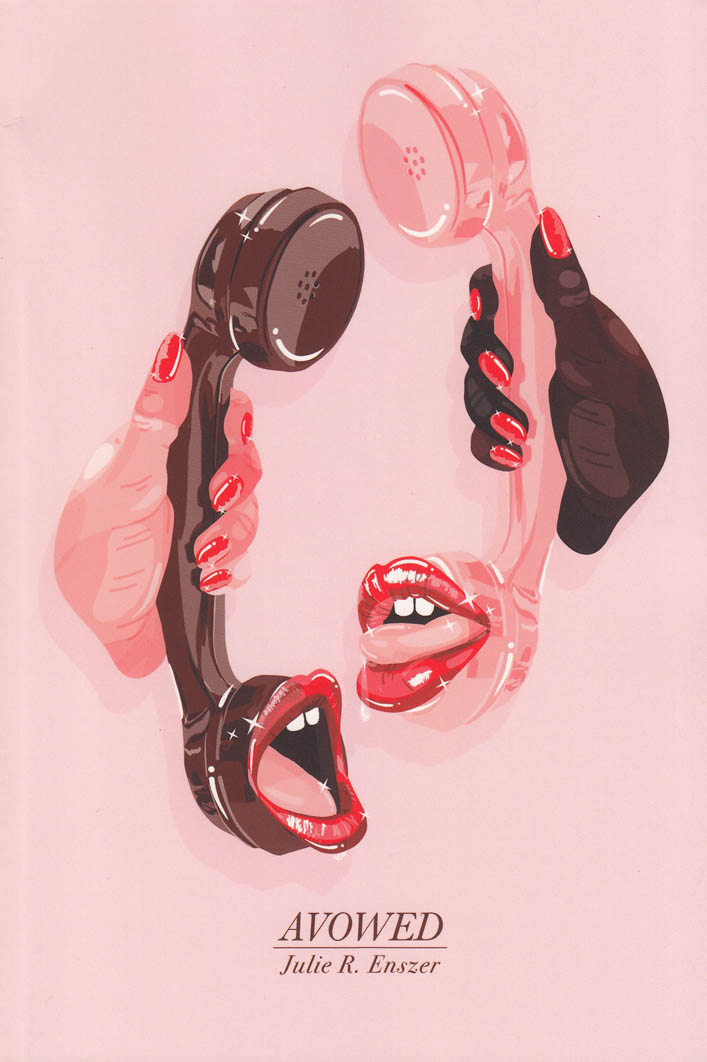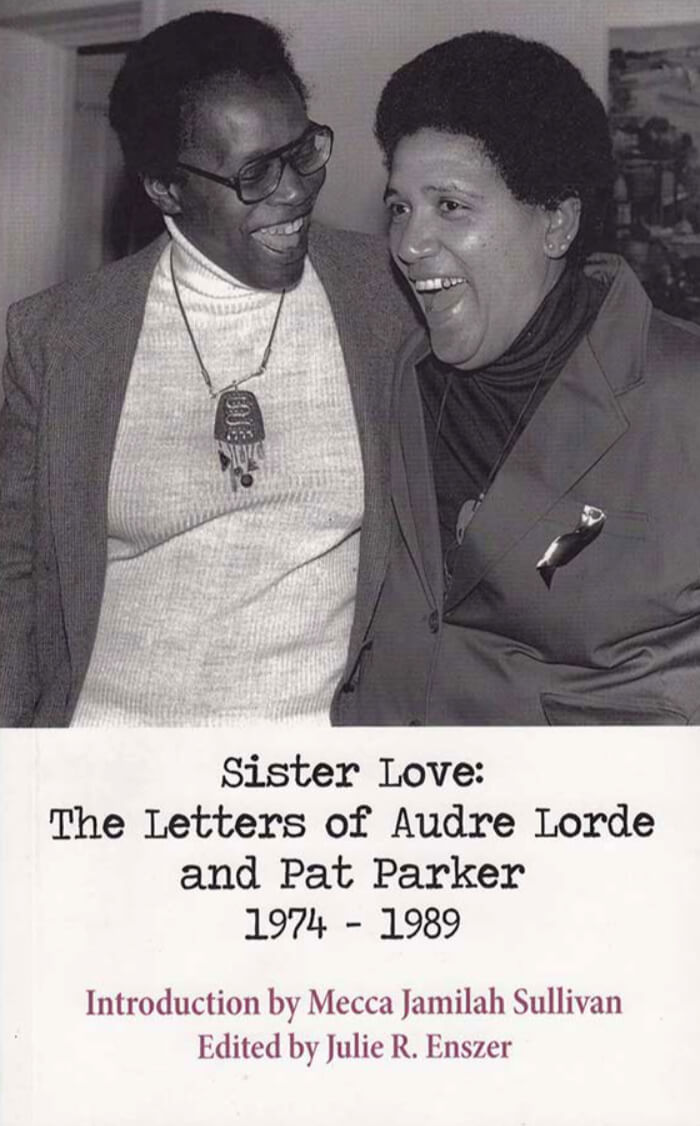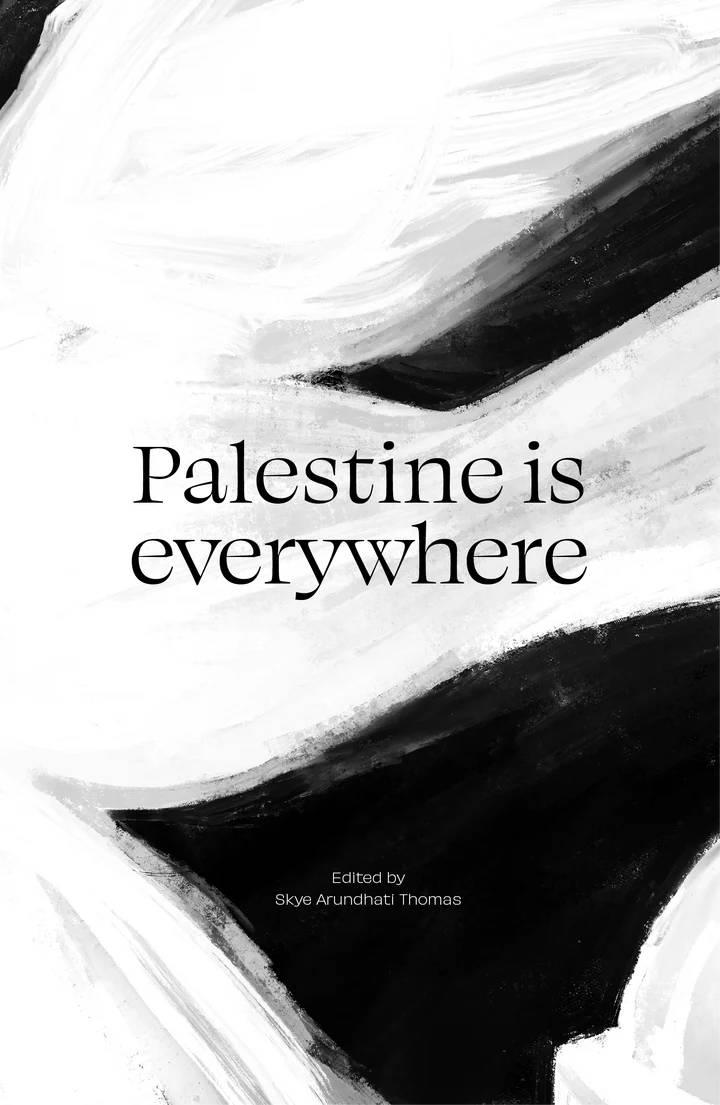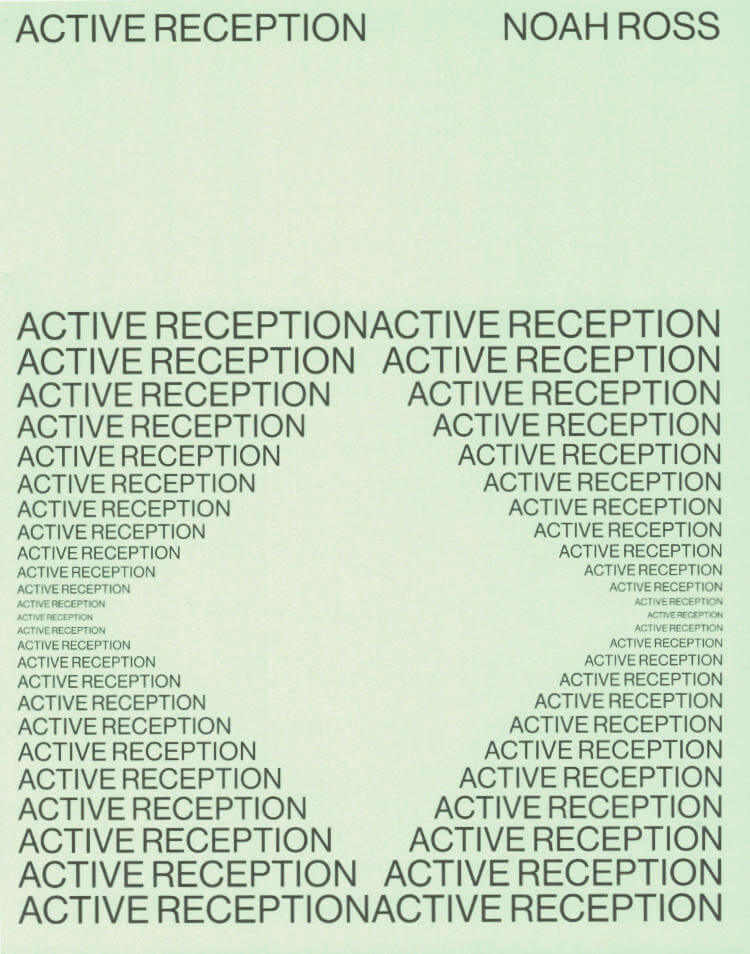
Avowed
The poems in Avowed explore aspects of a contemporary lesbian life within a committed relationship and as a citizen in the larger community. The narrator celebrates ("We break a glass. Mazel tov! We cry.") and mourns her losses ("Sometimes, between three and four a.m./on a break from her game/of bridge, your dead mother visits."). Riffing on Jewish liturgy, the feminist declares "everyday/I thank God/I was born a woman." Avowed delivers a complex, sustained vision of intimate partnership while celebrating the political changes that have secured LGBTQ visibility. - Robin Becker, author of Tiger Heron
'Avowed asks the critical question, "Is paper all that makes a marriage?" For the queer bride in a long-term relationship, the answer is as hard-won as the right to marry. Julie R. Enszer explores the bittersweet journey of a lesbian couple's struggle through the happily ever after with an edgy and humorous perspective that dares to share deep truths about desire, sex, and love. - Rigoberto GonzAlez, author of Unpeopled Eden
Language: English







